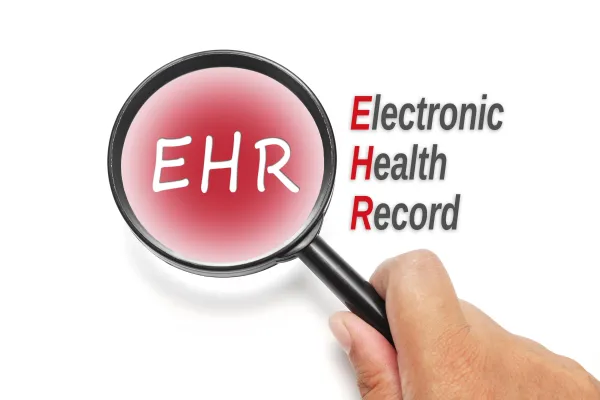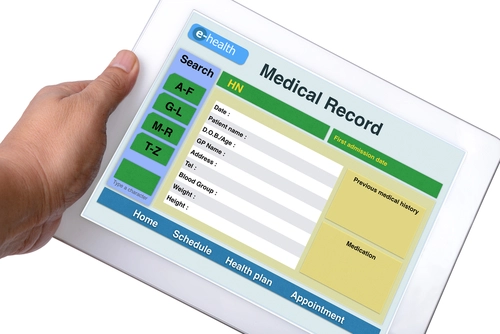Patient-Centered Ideas Thrive with the Rise of Quality Care

Most providers enter the health care industry with a yearning to serve and help the communities where they live. With the onset of MACRA and value-based care, innovations that put the patient’s health first are emerging and could be part of the advanced APM package and options in the very near future.
“Patients are like submarines … out there submerged,” said Lawrence Kosinski, MD, a gastroenterologist and founder and chief medical officer of SonarMD in an AMA Wire press release on July 19, 2016. “We can’t see them; we don’t know how they are [because] they only come in when they’re in trouble. Which means that, number one, they have to recognize that they’re in trouble and, number two, realize that they can’t fix it themselves …. So we need a sonar system to ping them.”
Concerned about issues his Crohn’s patients might have between appointments, Kosinski, in coordination with Blue Cross Blue Shield of Illinois, devised a web-based system for connecting with his patients through EHR technology.
After an initial visit with a nurse manager who sets up a care plan with the patient, the innovative application called “SonarMD” reaches out to patients on the first Monday of each month with inquiries aimed at helping them cope with and track issues, alerting the physician to problems or irregularities.
In addition to tracking Crohn’s patients, Kosinski has added IBD patients to the program as well and hopes to offer the application to sufferers of other gastroenterologic diseases. “Our goal is to be able to handle over 50 percent of the encounters for a gastroenterologist so we can actually function as an Alternative Payment Model (APM),” he said in the AMA Wire release.
Resources: For a closer look at this AMA Wire press release, visit http://www.ama-assn.org/ama/ama-wire/post/tracking-patients-between-visits-new-care-model.
In other news…
Health technology that keeps our nation fit and able abounds and impacts lives everywhere. We not only access and maintain our health by the minute, checking out our own personal stats, we also utilize ranking systems to compare our health with others on our phones, on our tablets, and even on our bodies with innovative wearable gadgets.
“These fitness trackers, their related social media sites where individuals share health information, and other technologies are changing the way we interact and control our own health,” say Karen B. DeSalvo, MD, MPH, MSc., national coordinator for health information technology and assistant secretary for health in the HHS, and Jocelyn Samuels JD, director of the office for civil rights at the HHS in a July 19, 2016 ONC press release. “However, they did not exist when Congress originally enacted the Health Insurance Portability and Accountability Act (HIPAA) in 1996.”
Due to the gravity and amount of health information passed around the digital world that is not covered by HIPAA, which “applies only to organizations known as ‘covered entities’—health plans, health care clearinghouses, and health care providers conducting certain electronic transactions—and their business associates,” three government agencies have combined to compile a report to encourage further review and study on the issue in order to tighten up the safety net, protecting both patients and providers.
The ONC, OCR, and FTC worked together on the report titled, Examining Oversight of the Privacy & Security of Health Data Collected by Entities Not Regulated by HIPAA, and presented to Congress on July 19. The outline focuses on concerns about the how and where of shared health information covered and not covered by HIPAA.
DeSalvo and Samuels hope that the report is just the first step in reevaluating and improving health care information safety and security.
Resources: For the complete transcript of the ONC article, visit https://www.healthit.gov/buzz-blog/privacy-and-security-of-ehrs/examining-oversight-privacy-security-health-data-collected-entities-not-regulated-hipaa/.
To read the Examining Oversight of the Privacy & Security of Health Data Collected by Entities Not Regulated by HIPAA, visit https://www.healthit.gov/sites/default/files/non-covered_entities_report_june_17_2016.pdf.
In other news…
The old saying “haste makes waste” suggests that timely planning is key to long-term success. This adage was never put to the test more than in the field of medicine, where careful assessment and treatment are the standards of quality patient care.
In a recent study by the Agency for Healthcare Research and Quality (AHRQ) that spanned 16 states and included more than 2.1 million hospital patients, researchers discovered that thoughtful, planned discharges led to fewer readmissions over a 30-day period for those “treated for heart attack, heart failure, pneumonia, and hip or joint replacement.”
“According to the study, ideal discharge planning begins several days in advance,” the July 19, 2016 AHRQ Electronic Newsletter, Issue 526, explains, “with the goal of ensuring that patients understand basic questions such as where they will go after discharge, what special care and medications they may need, whether they must restrict certain foods or activities, and what symptoms to monitor.”
AHRQ provides a myriad of tools for both providers and patients to help avoid or at least reduce readmissions.
Resource: For a review of the complete article from the AHRQ Electronic Newsletter, visit http://www.ahrq.gov/news/newsletters/e-newsletter/526.html#link7.




